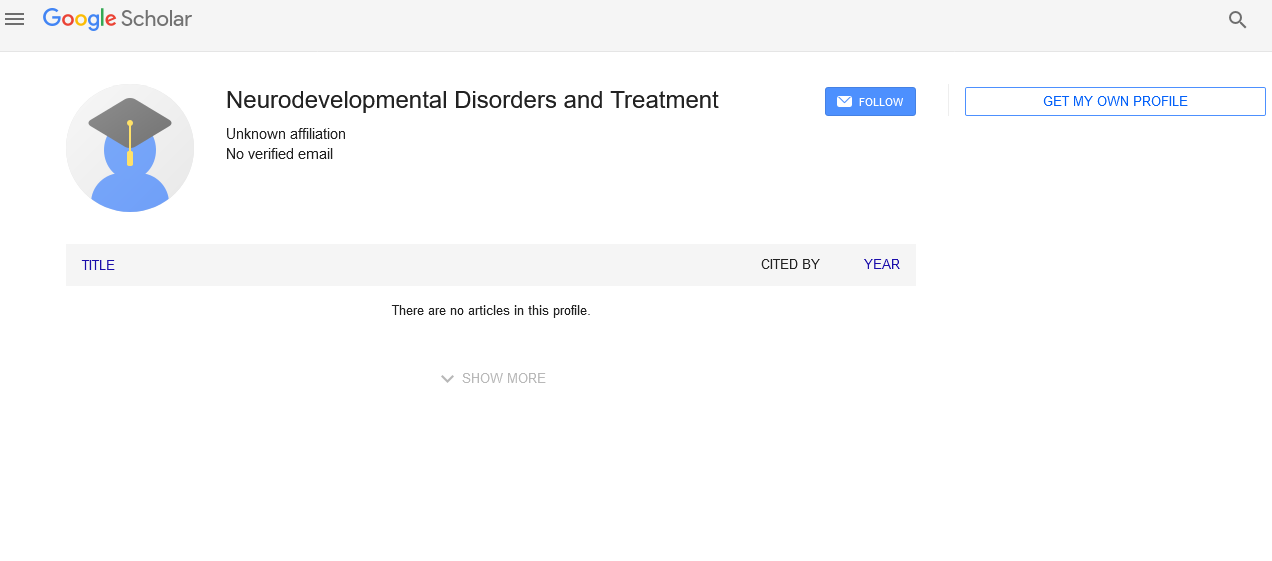
Sign up for email alert when new content gets added: Sign up
Abstract
Visual Cortex
Author(s): Karrie WilliamsThe visual cortex processes information about form, pattern, and motion. The neuronal features of ocularity and location imposed by geniculate input, as well as orientation specificity created by intracortical processing, characterise the columnar organisation in the primate V-1. The ocularity and orientation selectivity of the neurons investigated in tangential penetrations vary systematically. The visual cortex is the part of the cerebral cortex that deals with visual information. The occipital lobe is where it is found. Sensory input from the eyes passes through the thalamus's lateral geniculate nucleus before reaching the visual cortex. The primary visual cortex, also known as visual area 1 (V1), Brodmann area 17, or the striate cortex, is the part of the visual cortex that receives sensory information from the lateral geniculate nucleus. Visual areas 2, 3, 4, and 5 make up the extrastriate regions. When visual stimuli enter their receptive field, neurons in the visual cortex fire action potentials. The receptive field is defined as the region of the visual field that evokes an action potential. However, each neuron within its receptive area may respond optimally to a subset of inputs. Neuronal tuning is the name for this property. Neurons in the early visual areas have a simpler tuning




